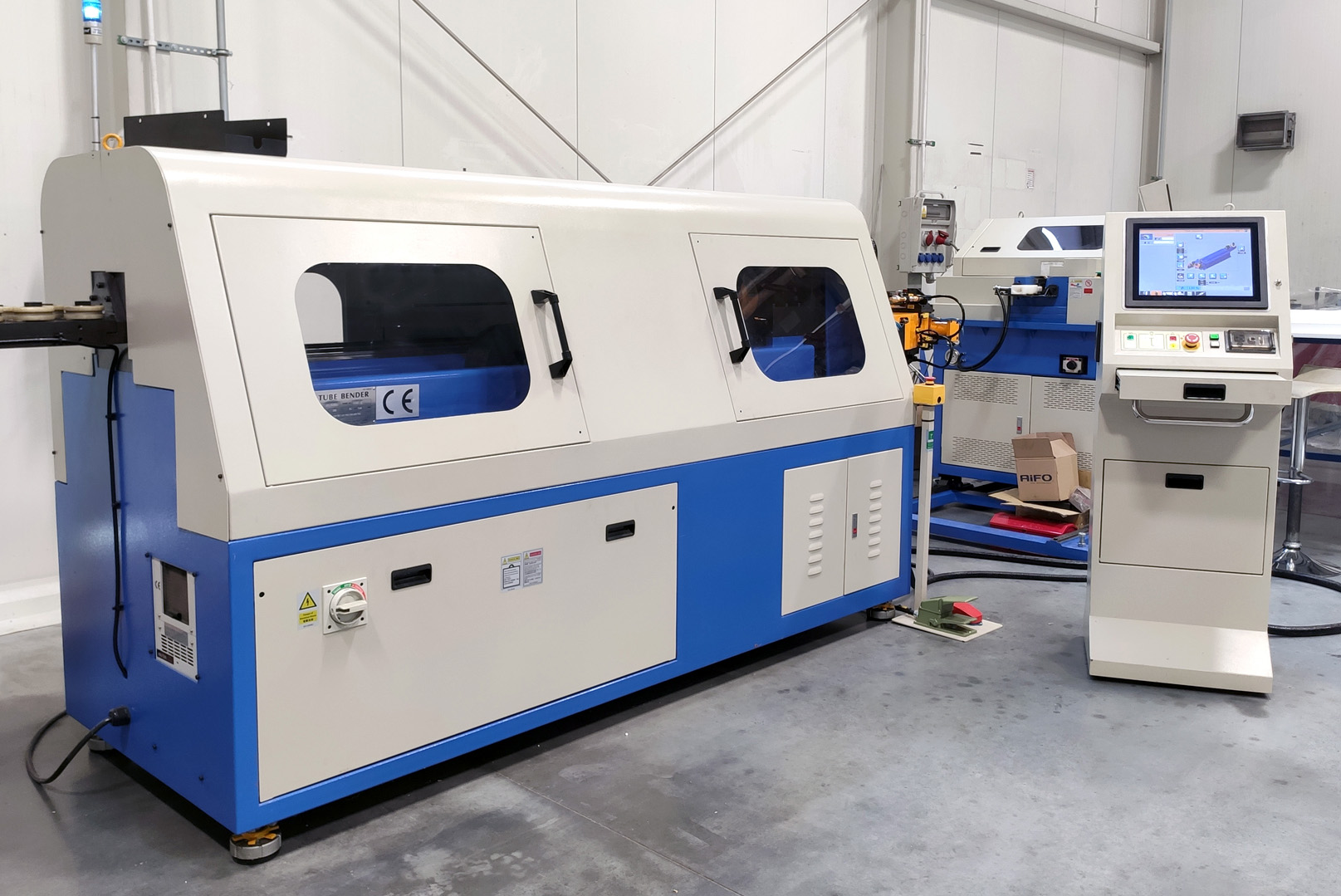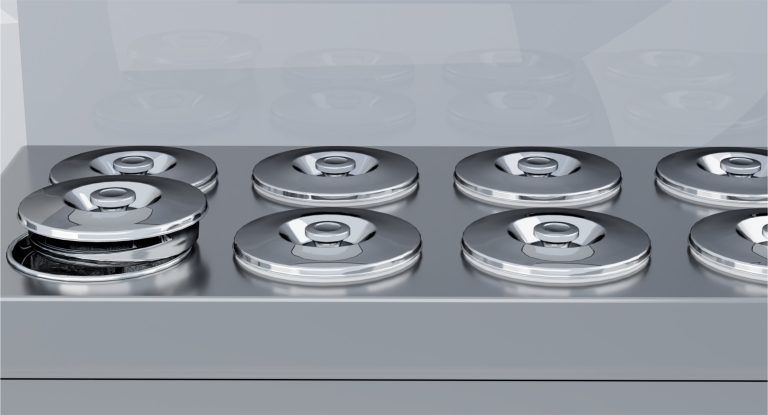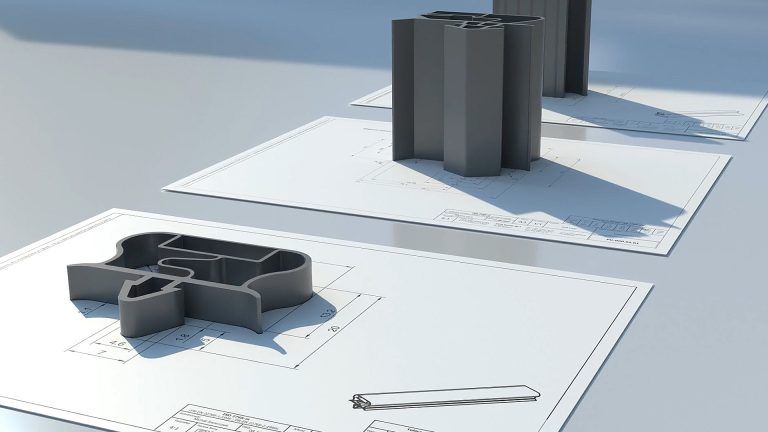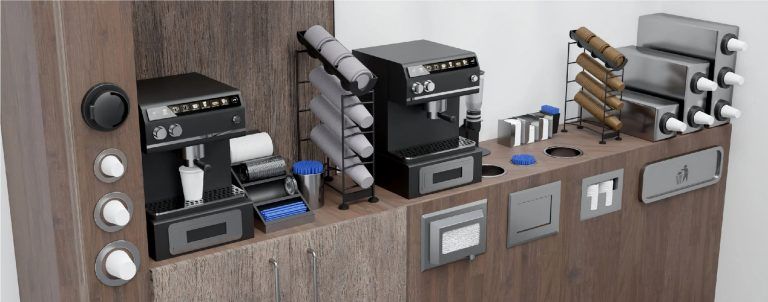Understanding the basics of pipe bending
In the process of bending pipes, the pipe’s cross-section is bent to a desired angle, modifying its original shape. This process can result in complex bends, short radius bends, or large radius bends, depending on the specifications. The key difference in bending methods is often in how the bending force is applied and controlled.
Tools and techniques for pipe bending
Tube benders are commonly used for mandrel bending and rotary draw bending. These bending machines exert physical force on the tube diameter, causing it to bend around a bend die. The bending process often involves a clamp die and pressure die. Together it secure the tube or pipe to the bend die.
Tube bending machines use CNC-controlled processes for precision. The advantage of using a CNC pipe bending machine allows multiple bends in the same plane on the same piece of pipe, thereby ensuring that the bend starts at the right location and at the required bend angle.
In comparison, roll bending machines use three rollers to create bends. Here, the pipe is passed through the rollers, which apply force to create the bend. A press bending machine, on the other hand, uses a physical force to push against the pipe, causing it to bend around the bend die.
Materials used in pipe bending
Pipes for bending can be made from various materials, including PVC pipe, metal pipe, and more. The material chosen typically depends on the required application. The nominal pipe size plays a critical role in the bending process. It’s generally measured by the inside diameter, outside diameter, and the wall thickness.
The chosen material often determines the bending radius that can be achieved. In addition, it’s critical to understand that pipes of the same diameter may not have the same radius when bent due to variations in wall thickness. In such cases, filler materials may be used during the bending process to achieve the desired bend radius.
Key considerations in the bending process
Achieving the desired bend angle and centerline radius requires a detailed understanding of the bending process. It’s critical to monitor the bending zone during the process and use the appropriate tools to maintain the achieved center line radius.
It is also essential to ensure that the pipe’s cross-section remains unchanged throughout the bending process. It’s particularly important for tubes and pipes with a small bend radii. Techniques such as sand packing or the use of a wiper die can help maintain the shape and prevent deformities in the bent tube.
To sum up, the process of bending pipes involves many tools, techniques, and materials. Selecting the right tools and understanding the materials is essential for precise and efficient bending. With technological advancements, CNC-controlled bending machines provide increased precision and ease, significantly improving pipe bending processes.
Pipe bending is an art that, when executed with the right materials and tools, can result in a perfect bend. CNC bendind is also enhancing the functionality and aesthetic appeal of various products. With advances in technology and a thorough understanding of the bending processes, achieving the perfect bend becomes an achievable feat.









